Always Looking Down at Your Phone? Sleep Is Your Chance to Repair Your Neck
We live in an age where everyone is a “phone addict” to some extent. Whether it’s texting, scrolling social media, or working on a laptop, we spend hours with our heads tilted forward. This habit has given rise to the term “tech neck”, describing the neck strain and poor posture from looking down at devices. You might notice stiffness, soreness, or headaches from this constant downward gaze. But while you may not be able to escape technology, there’s a golden opportunity each day to reverse some of that damage – and that’s during sleep. Surprised? Let’s explore why sleep is a critical window for neck recovery and how you can make the most of it, especially by using the right pillow for cervical repair.
How Tech Neck Develops
Picture this: your head weighs about 10–12 pounds (5–6 kg). When you tilt it forward even 15 degrees, the effective force on your neck doubles or more. At 60 degrees (a typical texting posture), it’s as if 50–60 pounds are pulling on your neckdrgentilemd.com. No wonder “phone posture” leads to muscle fatigue and even disc strain. Over time, you may develop a forward head posture where your neck’s natural curve is reduced or reversed. Common symptoms include a dull ache in the neck/upper back, tight shoulders, and sometimes tingling in arms due to pinched nerves. Many young people now complain of what used to be “age-related” neck issues – clearly linked to device use.
The cause is prolonged flexion (bending forward) of the neck. The logic behind damage is simple: muscles in the back of your neck must constantly contract to hold your head up when it’s leaning forward. They don’t get to relax, leading to trigger points and inflammation. The spinal discs can also be compressed unevenly. During the day, you might not maintain perfect posture 100% of the time, so micro-injuries or stresses accumulate.
Why Sleep Is the Ideal Time for Neck Rehab
Here comes the hopeful part: sleep is when your body heals itself. During deep sleep, muscles relax and blood supply to tissues increases, facilitating repair of strained muscles and ligaments. The spine also decompresses slightly – the discs rehydrate after being compressed all day (ever notice you’re a tiny bit taller in the morning? It’s true!). However, here’s the catch: if you sleep in a poor position, you rob your neck of this healing chancehealth.harvard.edu. For example, sleeping on your stomach with your head twisted, or using a pillow that pushes your head forward, can continue to strain your neck even at night.
The opportunity during sleep is to do the opposite of what you do all day: instead of flexing the neck, you want to restore its natural curve and alignment. This is why experts often recommend sleeping on your back or side with a proper pillow, rather than on your stomachhealth.harvard.eduspine-health.com. When you lie on your back with a small neck roll or a cervical pillow, your head is supported and your neck is gently arched in its normal curvature – essentially a passive stretch in the opposite direction of “tech neck.” It’s like setting a crooked tree sapling straight with a stake overnight so it grows properly.
Repair Strategies During Sleep
To maximize neck repair while you sleep, consider these tips:
-
Sleep Position: If you’re a chronic phone look-down-er (which is most of us), try to sleep either on your back or side, not your stomachhealth.harvard.edu. Back is often best for neck health because it evenly distributes weight and you can easily maintain neutral alignment. Side is okay if your pillow is the right height (more on that next). Stomach sleeping twists the neck and arches it backward – counterproductive for healing.
-
The Right Pillow (Your Nightly Neck Brace): Use a pillow with good cervical support. For back sleepers, a pillow with a rounded neck support and flatter center is idealhealth.harvard.edu. This could be achieved by tucking a small roll (even a rolled towel) under your neck and using a flatter pillow for your head, or simply using a contoured cervical pillow designed for this. For side sleepers, the pillow should be higher under your neck than under your headhealth.harvard.edu – many cervical pillows have this asymmetrical shape built in. The goal is that your spine stays straight (from tailbone to neck) when on your side, and maintains a gentle inward curve when on your backhome.ifeng.com. The Cervical Pillow by DonaHona naturally comes to mind: it has that ergonomic shape, with two heights and a contoured middle, explicitly to keep your neck aligned in various sleep positionsdonahona.com. Its design essentially cradles the neck in a neutral or slightly extended posture, undoing the day’s flexion.
-
Dynamic Support Materials: Memory foam pillows like DonaHona’s are great because they adapt to your neck’s shape and weight, ensuring constant support even if you movedonahona.com. This means if your neck muscles relax more as you sleep (which they should), the pillow will fill in and keep supporting – it’s not going to collapse or leave a gap. Some advanced pillows even market “dynamic support” – in essence, a pillow that adjusts to you in real time. Whether memory foam or a water-based pillow or a buckwheat pillow (some tech neck sufferers like those for custom molding), use something that maintains support all night. A flimsy polyfill pillow that goes flat will not do the job.
-
Incline Slightly if Needed: Interestingly, slightly elevating the head can help some people with neck strain and also reduces snoring. If you find flat back sleeping uncomfortable, you can consider using a wedge pillow or an adjustable bed to keep your head raised ~15–20 degrees. But still use the cervical pillow on top of that for neck support. An incline can reduce pressure on the neck a bit and assist if you have any dizziness from neck issues (cervical vertigo)healthline.comchiropractorsarasotaflorida.com.
-
No Pillow is a No-No: A misconception is that sleeping without a pillow will straighten you out. Actually, if you lie flat without a pillow, your head will tilt back too far, compressing joints. And for side sleeping, no pillow is definitely bad – your head will flop to the mattress. So, use a pillow – but the right kind. It’s about correct support, not zero supportthepaper.cn.
Enter the Cervical Pillow – Your Sleep Rehab Partner
When we mention using a DonaHona Cervical Pillow or similar, how exactly does it aid in repairing tech neck? Let’s paint the picture: After a long day of forward head posture, you lie on this pillow. The moment you settle in, you’ll feel its contoured neck support nudging your cervical spine into a gentle backward arc (extension). It’s comfortable, not extreme – just as if someone cupped a supportive hand under your neck. This position does a few things:
-
It allows overstretched posterior neck muscles (from all the daytime looking down) to shorten back to a normal length and relax. They’re not having to contract; the pillow is holding your head.
-
It encourages tight muscles at the front of your neck (like suboccipitals and pectorals which also tighten with slouching) to stretch out. Gravity on a well-supported head will slightly stretch the front structures that were short all day.
-
It maintains circulation. Pinched or compressed areas (maybe nerves or blood vessels) from your daytime posture get relief. Studies show that sleep disturbances themselves can worsen musculoskeletal pain; conversely, good sleep can reduce neck painhealth.harvard.edu. So by physically supporting your neck, the pillow reduces discomfort that might wake you, allowing longer, healing sleep cycles.
In essence, the pillow creates a mini physical therapy session every night. It’s not far-fetched – chiropractors often recommend cervical rolls or traction pillows to patients for this very reason: consistent low-load support to re-establish proper curvature.
The Morning After: Signs of Improvement
What can you expect if you implement these changes? Possibly, a lot of improvement:
-
You may wake up with less stiffness and more mobility in your neck. Many users report that they no longer have that “I must crack my neck” feeling in the morning.
-
Reduced headaches: Tech neck often causes tension headaches. Proper neck alignment at night can ease that. You might find your morning or late-day headaches diminish once you start using a good pillow.
-
Better posture by day: Interestingly, when your neck feels good, you’re more likely to hold it correctly. Pain or stiffness often causes us to unconsciously hold ourselves in a guarded or wrong posture. As your baseline improves, you’ll naturally carry your head more upright, breaking a bit of the vicious cycle.
-
Preventing long-term issues: Consistent use of an ergonomic pillow might help stave off conditions like cervical disc bulges or nerve impingements. It’s difficult to measure prevention, but you’re certainly not accelerating damage the way a bad pillow would.
Make Nighttime Your Neck’s Best Friend
If you’re a “phone addict” or desk worker who battles neck pain, recognize that while you may not eliminate all daytime strain, you can facilitate recovery each night. Treat your sleep as a therapeutic time for your neck:
-
Check your sleeping posture – aim for back or side sleeping with good alignment.
-
Invest in a quality cervical pillow – one like DonaHona’s Cervical Pillow, which is purpose-built for neck support and comfort with its contoured, dual-height memory foam designdonahona.com.
-
Establish a bedtime stretch routine – maybe do a few chin tucks or gentle neck stretches before bed, then let the pillow maintain that alignment.
-
Be consistent – use it every night. It might feel different at first, but within a week or so it will feel natural and you’ll likely notice the positive changes.
Your poor neck works hard all day holding up that heavy head while you text and type. Give it the break it deserves at night. By harnessing sleep as a neck-healing opportunity, you’re effectively fighting back against tech neck. So yes, keep looking down at your phone if you must (maybe a little less, ideally!), but when it’s lights out, set yourself up with the pillow and posture that will rehabilitate your cervical spine. Night by night, you can restore what the day’s digital grind has strained – making sleep not just rest, but an active therapy for your neck. Your future self, upright and pain-free, will thank you for it!


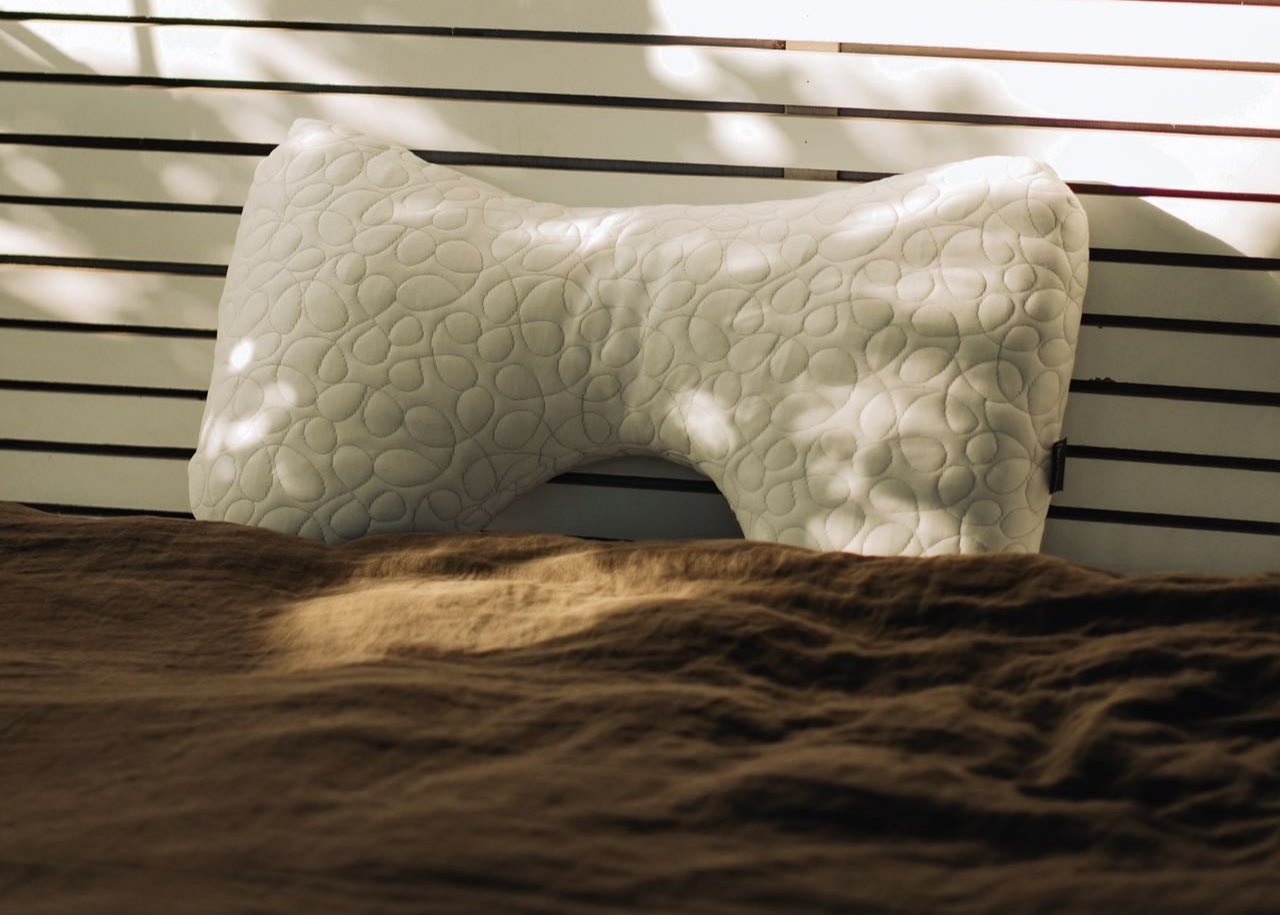
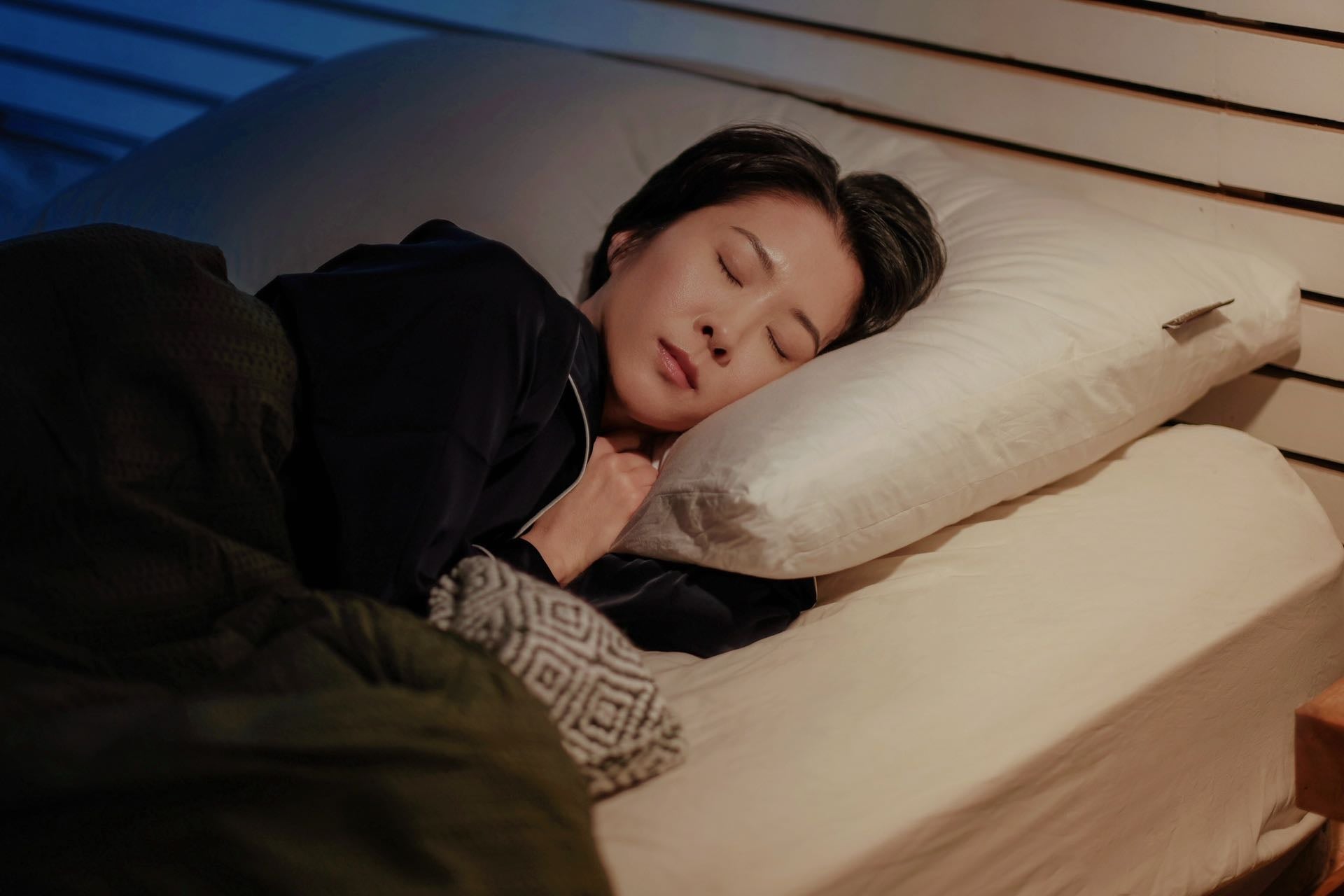

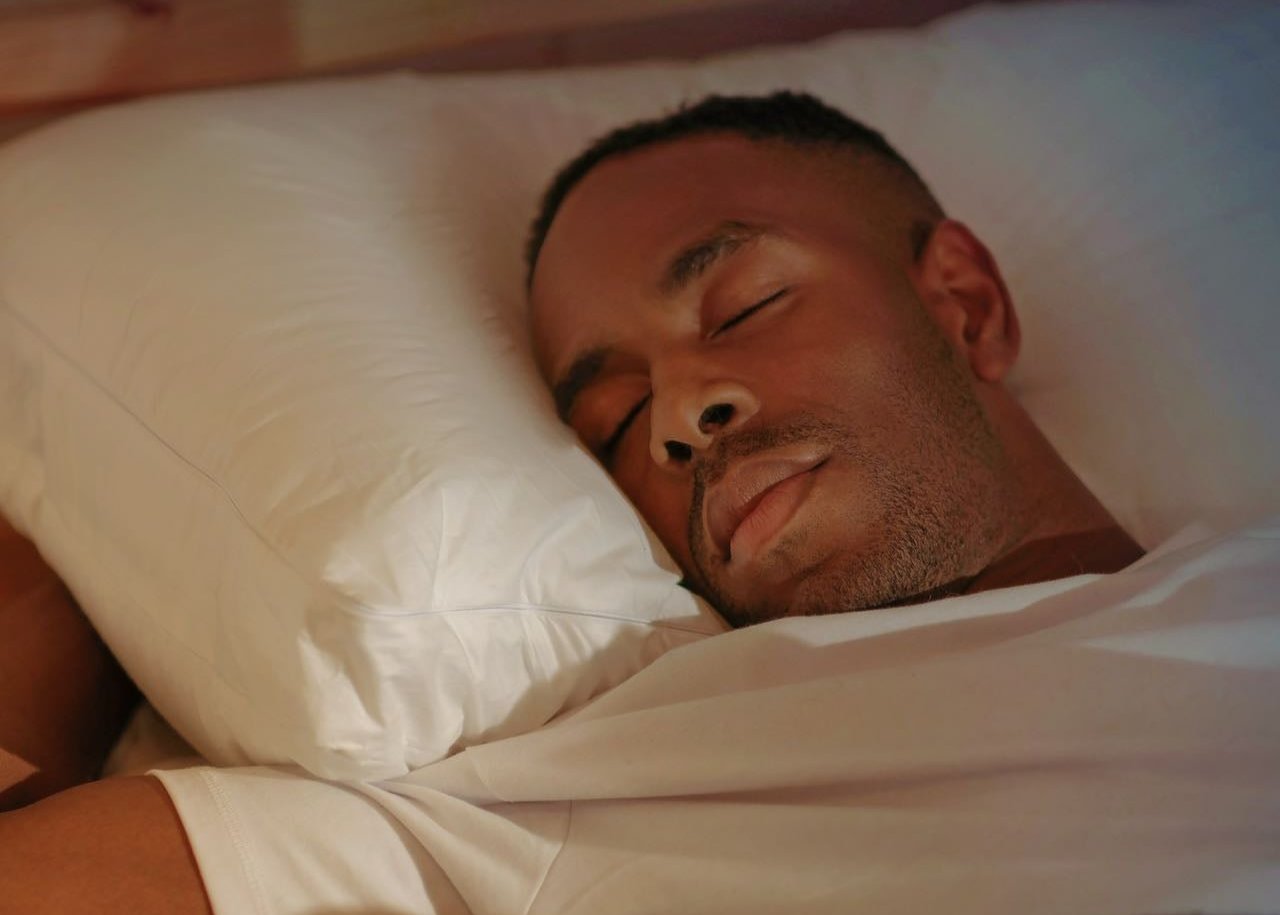

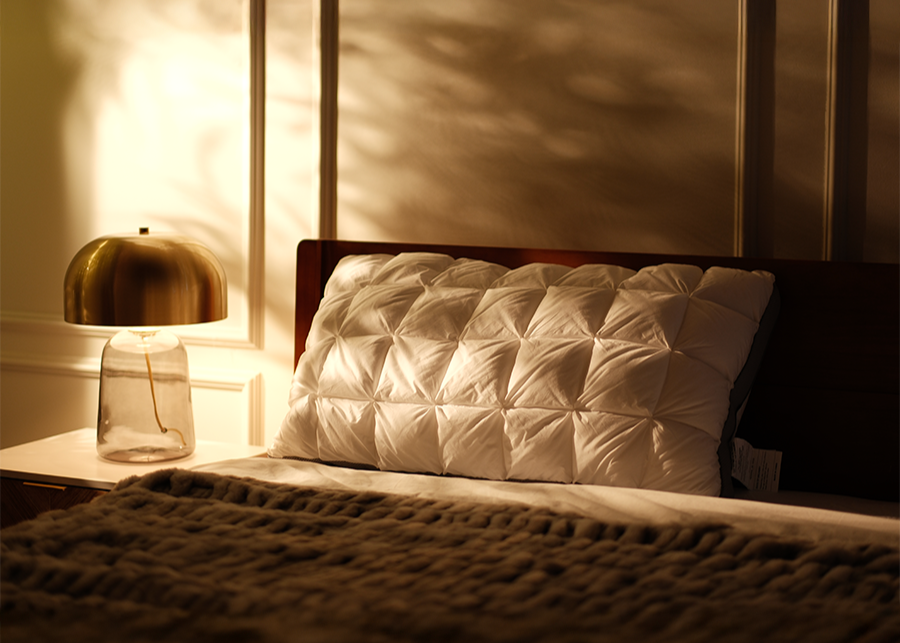
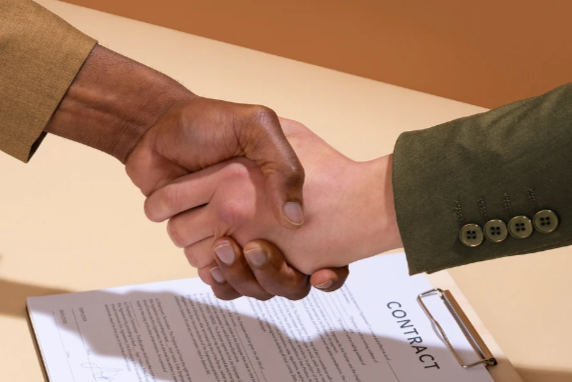
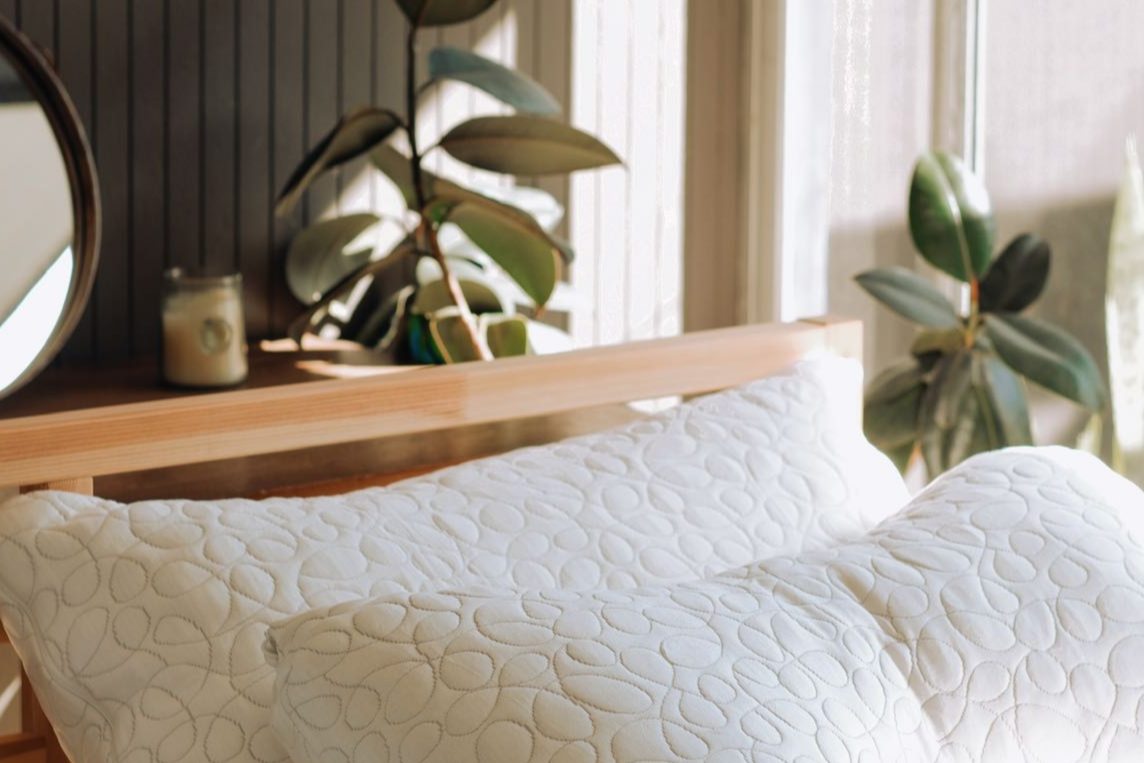
Leave a comment
This site is protected by hCaptcha and the hCaptcha Privacy Policy and Terms of Service apply.